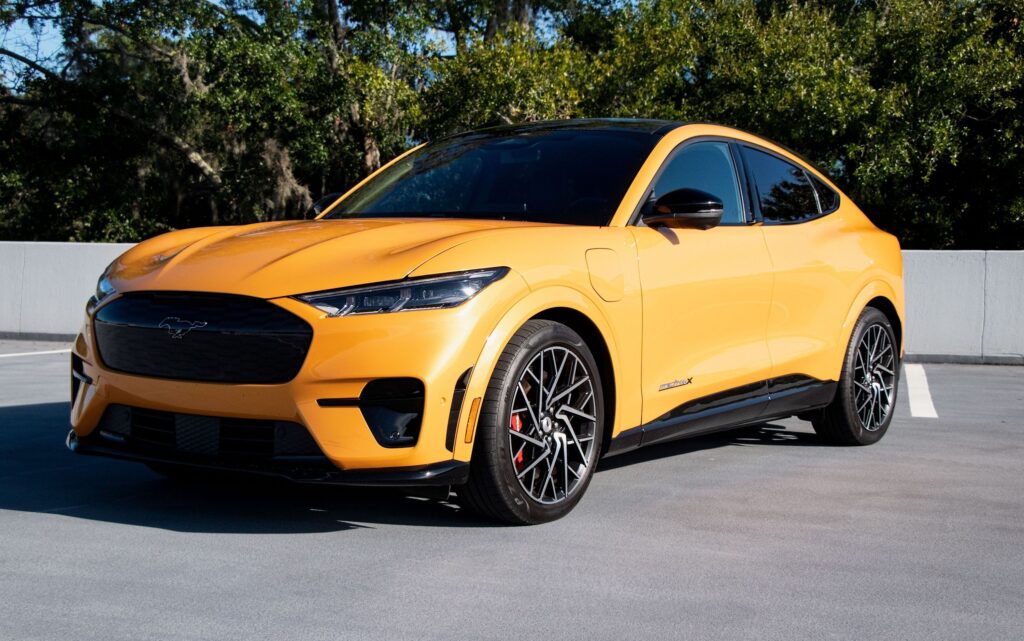President Biden's First IRA-Funded EV Charging Station Is Now Open
President Biden's First IRA-Funded EV Charging Station Is Now Open
The first fruits of a $7.5 billion investment are being reaped.
The White House says that the first of its electric vehicle charging stations funded by the $7.5 billion EV Charging Action Plan (announced by President Joe Biden in December 2021) has come online in Ohio.
If you’re not au fait with the details, the White House has the goal of expanding the nationwide EV charging network to 500,000 chargers, spreading these no more than 50 miles apart on the busiest freeways and interstates. The $7.5 billion set aside for the project comes from the Bipartisan Infrastructure Law (BIL).
The White House says that the US now has more than 165,000 public charging ports and that the number of publicly available fast charging ports has increased by over 70% since Biden took office, adding that “many states have begun issuing proposals or awarded contracts” for installing more of these BIL-funded chargers.
This is good, but it’s not happening fast enough. According to S&P Global Mobility’s analysis in January (when there were around 140,000 charging points across the country), the US needs to quadruple its number of charging points within the next three years if the popularity of electromobility is to have any chance of success.
As we mentioned, this project has been in the works for a couple of years but is only now beginning to bear fruit, a point that opposition politicians have been harping on. In the meantime, corporate entities have been doing their part. Walmart, Subway, and, most recently, Starbucks have all made moves to install EV chargers of their own.
Nobody will buy EVs if they can’t use them. In fact, Ford is slashing F-150 Lightning production in half because EV sales have slowed so drastically since the post-COVID boom.
Thanks to this waning demand for electric vehicles, dealerships from across the country are petitioning President Biden to reconsider stricter emissions legislation. If this goes through, roughly 67% of all new light vehicles sold would have to be either electric or powered by renewable energy. Synthetic fuel development still has a long way to go, so that means that these dealers would be forced to sell EVs – cars that very few Americans seem to be interested in.
Forcing dealers to sell products that nobody buys will not go down well, but at the same time, those buyers won’t change their opinions without more infrastructure, at the very least. And as we know, change comes from the top. Let’s just hope that it won’t take another two years for more chargers to go live.


Responses